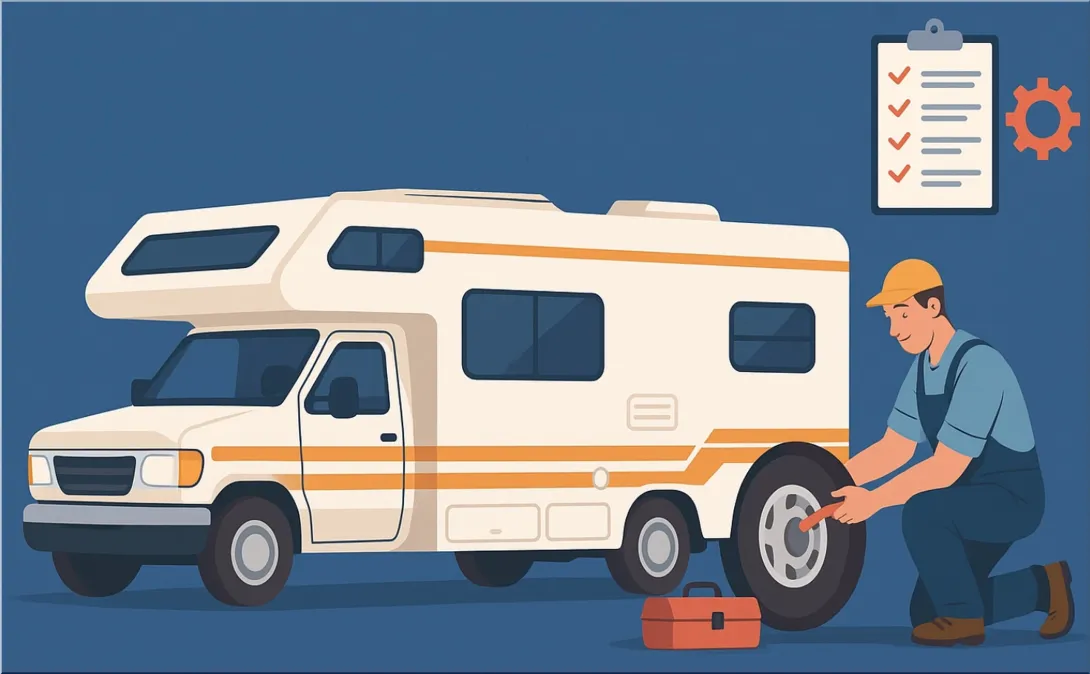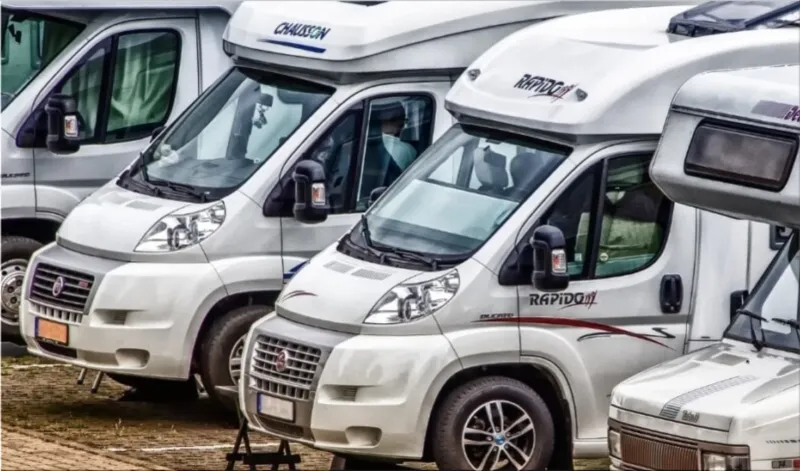Key Takeaways
- Proactive maintenance ensures the safety and longevity of recreational vehicles (RVs) and campers.
- Routine inspections can prevent costly repairs and breakdowns on the road.
- Understanding common trouble spots helps travelers avoid unexpected issues.
- Staying updated on safety advice from experts enhances travel experiences.
- Making safety a priority gives owners—and their passengers—greater peace of mind on every journey.
The Value of Regular Checks Before Every Trip
Each trip in an RV or camper is an opportunity for adventure, freedom, and discovery, but a safe journey always starts behind the scenes with hands-on preparation. Whether you’re getting ready for a weekend getaway or a coast-to-coast road trip, regular pre-trip inspections are a traveler’s best defense against unexpected breakdowns on the open road. Start by creating a checklist that includes tires, brakes, lights, engine oil, coolant, windshield wipers, and battery terminals. These items may seem basic, but a missed step can turn into an inconvenient (or dangerous) situation miles from help. For those in the Midwest, services like RV repairs Minnesota can offer peace of mind by handling inspections or catching issues early before they derail your plans.
Tires in particular deserve attention, as underinflated or worn-out tires remain the leading cause of RV-related roadside incidents. National statistics consistently report that tire failures are among the most preventable hazards, yet they remain far too common. Don’t forget to examine for any embedded nails, cracks, or noticeable bulges that could signal a blowout risk. By being thorough before every journey, travelers remain in the driver’s seat, confident that their vehicle is ready for anything the highway might deliver.
Common Trouble Spots for RVs and Campers
RVs and campers combine the comfort of home with the ruggedness of a vehicle, but this combination leads to distinct maintenance challenges. One of the most frequent—and costly—problems owners face is water intrusion. Tiny seams and roof openings are vulnerable to the weather, and a leak can develop so slowly you might not notice until water stains or damage appear inside. Travelers who camp in changing climates should inspect all caulking and roof seals annually. Applying a quality sealant every year can extend the life of your roof and prevent headaches caused by hidden leaks.
Electrical wiring is another spot where trouble tends to brew quietly. Rodents can chew through wires when the vehicle is stored, or circuits can become overloaded by power-hungry appliances. Periodically test all electrical outlets, light switches, and major appliances to catch problems early. Plumbing is equally essential—freeze/thaw cycles and vibration from driving may loosen connections or crack fittings. Take a moment to check for dampness around sinks, tanks, and under beds, where pipes often run. Many seasoned owners swear by keeping a laminated maintenance checklist handy and running through it every few weeks, noting signs of wear, corrosion, moisture, or unpleasant odors. This habit stops minor issues from turning into major repairs.
Why Tire Care Deserves Extra Attention
Of all the components keeping your RV moving, none work harder or receive more wear than the tires. The quantity of weight they carry, combined with the varying speeds, road surfaces, and temperatures encountered on a typical trip, means a neglected set of tires poses a real hazard. Experts and manufacturers recommend changing RV tires every five to seven years, regardless of visual wear or mileage, because rubber degrades over time due to heat, weather, and sunlight. As highlighted in Tire Review, paying close attention to tire tread is critical not only for performance but also for safety, as uneven or shallow tread can indicate more serious underlying issues.
To extend tire life, invest in covers to shield your tires from damaging UV rays whenever they are parked for extended periods. Exposure can cause the rubber to become brittle, thereby accelerating cracking. It’s best practice to keep a quality pressure gauge on board and check tires monthly or before each lengthy outing. Remember, overinflation is just as risky as underinflation. Safe tires are the foundation of lasting road trip memories.
Battery Health and Electrical System Essentials
Few things sap the joy out of a road trip like a dead battery in the middle of nowhere. A healthy electrical system powers critical elements: interior lights, HVAC, refrigerators, water pumps, and mobile electronics. To keep everything running smoothly, use a digital multimeter to assess your battery’s charge and health before each journey. Ensure the terminals are tight, clean, and free from both rust and greenish corrosion. Also, keep an eye on the battery water levels when running lead-acid models.
Regularly test your generator and inverter as well, both of which are lifelines for off-grid camping and emergencies. Always keep a stock of backup fuses and bulbs, and learn how to replace them in case of a blown circuit. Given the importance of electricity for comfort and safety, allocating a few extra minutes to regular battery and electrical system checks pays off with every safe, well-lit stop along your route.
Tips for Reliable Water and Waste Systems
Water and waste systems often get overlooked—until they cause trouble. Keeping your water lines sanitized at the beginning and end of every travel season not only provides peace of mind about water quality but also significantly reduces the risk of developing unpleasant odors. Never travel without using dedicated, food-grade hoses for your drinking water system.
- Opt for only RV-safe chemicals in your waste tanks. These are formulated to break down solids and prevent clogs without harming seals, pipes, or the environment.
- After each trip, thoroughly rinse both fresh water and waste hoses, ensuring they dry thoroughly before storage. Moisture left behind can be a breeding ground for mold or bacteria.
- Pack extra gaskets, hose washers, and replacement seals. These small items are cheap yet invaluable, especially when you’re far from a supply store.
Preventive care for your plumbing system ensures smoother, healthier, and stress-free travel days as you explore new campgrounds and scenic destinations.
Safety Gear Every Traveler Should Carry
Even with the best planning, the unexpected can still occur. Being prepared means having the proper safety equipment on board for those unplanned emergencies. An up-to-date first-aid kit should always be within easy reach. Additionally, every RV and camper should have at least one ABC-rated fire extinguisher; mount it in a location that’s accessible but not obstructed by clutter or other items.
- Keep backup fuses, spare bulbs, and a toolkit with screwdrivers, pliers, and electrical tape for quick fixes.
- Always include reflective cones, triangles, or a high-visibility vest for alerting other drivers in case of breakdowns at night or on busy roads.
- Have a heavy-duty flashlight and extra batteries; consider a crank-powered light for added security in case the batteries die.
- For tire emergencies, a spare tire, jack, and lug wrench should be on your mandatory equipment list.
This gear transforms minor setbacks into solvable inconveniences, ensuring you, your family, and fellow travelers remain safe. At the same time, help is on the way—or until you resolve the issue and get back on the road.


